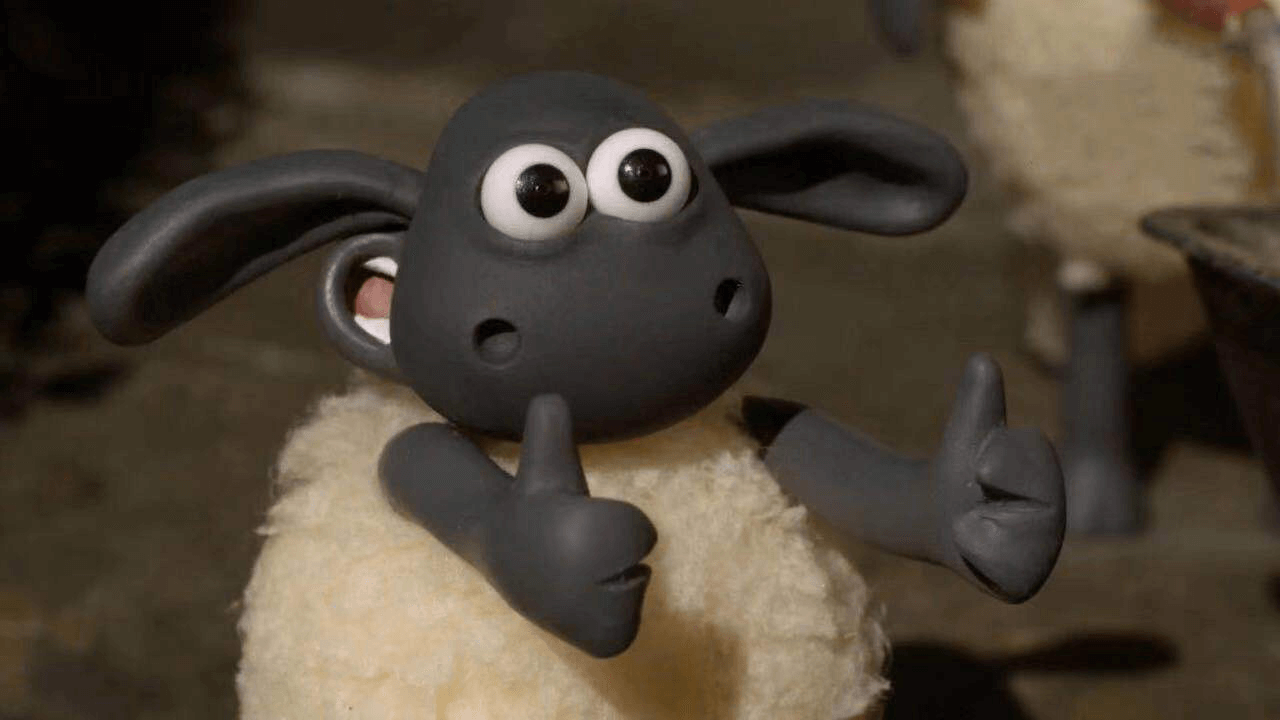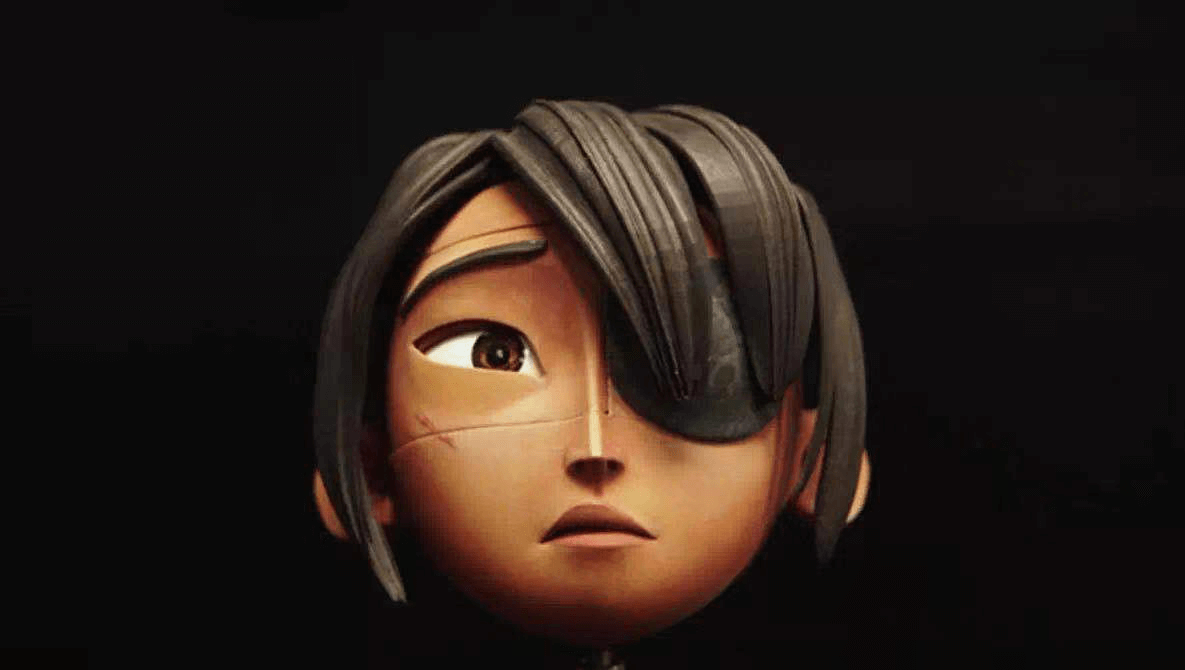Stop-motion animation has endured charm in the past century!
On April 6, 1906, a short film directed by James Stuart Blackton, “The Humorous Look of the Funny Face”, premiered in the United States. It was the world’s first animated film recorded on standard film. In addition to hand-drawn animation, the film made use of the technique of stop-motion animation. Like other forms of animation, the film used the phenomenon of visual retention to give the audience the illusion of motion. In addition to animation works, many early film and television works, and some special effects, were also realized by using stop-motion animation.
Stop-motion animation can be found in the history of both animation and live-action film. Before CG was foreseen, stop-motion animation brought more fantasy and miracles to people.
However, with the rapid development of computer technology, the visual effect and fluency presented by film bring us unexpected shocking experience, making figures of stop-motion animation appearance in the public view less and less. Many people even think that stop-motion animation is dead. But the reality is just the opposite.
In 2000, “Chicken Run” co-produced by British Aardman Animations and Dreamworks, was released. It grossed more than US$224 million box office then, making it the highest-grossing stop-motion film of all time. With stop-motion animation gradually maturing, excellent works kept emerging. Among them, the known “Wallace And Gromit”, “Chicken Run”, “Shaun The Sheep” series of short films and movies, were all produced by the British Aardman Animations.

“Shaun The Sheep”
2005 Tim Burton directed the first stop-motion animated film, “Zombie Bride”, screened at the Venice International Film Festival. It was a major commercial success and was nominated for best animated feature at the 78th Academy Awards.

“Zombie Bride”
Stop-motion animation has always faced a huge problem — its artistic value and commercial value are divorced from each other.
One of the main reasons is that the production process is extremely complicated. Although these excellent stop-motion animations deserved to be regarded as classics, most of them can hardly break even at the box office.
Stop-motion animation is rare in Hollywood today. While many studios are keen to produce films that do well but don’t necessarily do well, Aardman Animations is working frantically and painstakingly for this rare and beautiful art.
One of the most distinctive features of stop-motion animation is the combination of real scene and traditional 2D, producing a very wonderful reaction, which has the unrestrained imagination of 2D animation, but also give us a realistic visual experience, so to speak, all the crazy fantasy in front of us into reality.
In traditional animation, the only limit is the artist’s imagination. But in stop-motion animation, there are still scenes to build, also characters, props, and even frame to frame lighting changes, to make these illusions come true.
Only a few minutes of movement may take several weeks to realize in stop-motion animation. Every slight change in the pose of a frame needs to be manually adjusted repeatedly. And because of the characteristics of stop-motion animation, only the frame-by-frame method in animation production can be used to advance it.

“Kubo and the Two Strings” facial model
In each frame, the animator adjusts the character to a fraction of a centimeter. The changes in mouth movements require corresponding facial model to be replaced with each frame. Unlike CG animation, once a scene is shot in stop-motion animation, it is very difficult to change it later.
In recent years, audiences’ appreciation of art and film & television works has been improving. Only when film & television works let us feel the value of production process and the pure artistic enjoyment, we will be willing to contribute to the box office, and show special fond of the work. Stop-motion animation, without a doubt, has become a synonym for craft, quality and charm.
“The LEGO Movie Sequel” released earlier this year, was not really a stop-motion animation, but a CG simulation of the stop-motion style.

“The LEGO Movie Sequel”
Alfie Oliver, the film’s head of animation, said: “More and more people think of “The LEGO Movie Sequel” as a true stop-motion movie. It’s better if so. If we can convince people from the start that this is a stop-motion movie, then we’ve achieved what we set out to do.”
The other most eye-catching part of the film is the details. The fingerprints on the dolls, the scratches on the edges of the building blocks and the old stickers are all trying to restore the real stop-motion animation effect.
Moreover, the scene buildings in the movie are all designed to simulate the effect of real Lego bricks through their self-developed system.
This unique attraction of stop-motion animation runs through the whole history of film, and one of the core reasons is the “ingenuity spirit” in stop-motion animation.
The most sincere emotion and the most unreserved dedication of our producers are always the elements sustaining the film’s lasting charm. The audience’s absolute support and love for stop-motion animation is the greatest respect for this kind of work attribute. Therefore, if CG animation shoots to create “classic” works, in addition to technical strength, more importantly, it should be like stop-motion animation, has to be work of repeated carving, with heart, rather than simply a tool for economic profit.
Recall those classic CG works with wide international impact, they all conveyed to us the sincerity and dedication of the creators through stories and images. In this era of the CG industry getting increasingly hot, I hope we can be less impetuous and utilitarian, and be more passion and ingenuity. Only with these, good works will come.
Source: Animation Manual
Edit by CGGE: Cloudy

熱門頭條新聞
- The Date of Spring and Future: the Animation and Film section of the 15th Beijing International Film Festival
- GODDESS OF VICTORY: NIKKE 2.5 YEAR ANNIVERSARY SPECIAL LIVESTREAM SET FOR APRIL 19
- AHOY, MATEY! 2.5D ACTION PLATFORMER ‘SEAFROG’ HEADS TO STEAM ON APRIL 15TH
- Puella Magi Madoka Magica Magia Exedra -Kioku [Tiro Finale] Mami Tomoe
- The 2025 3D Creative Talent Showcase Competition is coming with a bang!
- CGGE Signs Memorandum of Understanding with Future Design School of Harbin Institute of Technology
- Exploring the China-U.S. Gaming Dynamics
- The Future of Animation
